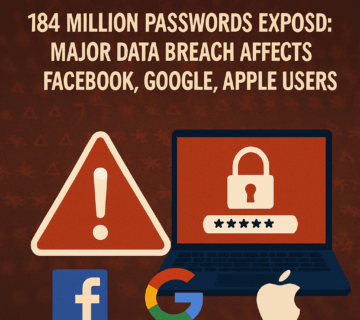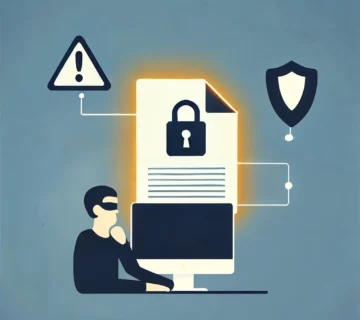
The Great Password Heist: How 16 Billion Exposed Credentials Put Everyone at Risk
Alarming rise of data breaches, particularly the exposure of 16 billion passwords, and highlight the inadequacy of traditional password protection methods against sophisticated cybercriminal operations. They emphasize the critical need for individuals to adopt proactive cybersecurity strategies like using unique, complex passwords, implementing immediate response protocols, and monitoring their digital footprint. Furthermore, the sources introduce professional technician services as a comprehensive solution for strengthening digital security, offering support in setting up secure systems, configuring multi-factor authentication, and providing ongoing threat monitoring. Finally, Technijian is presented as a specific provider of such managed IT services, catering to businesses in Southern California with expertise in IT infrastructure, cybersecurity, and strategic IT consulting. ... Read More



